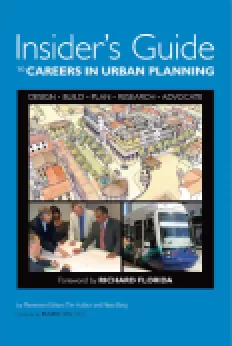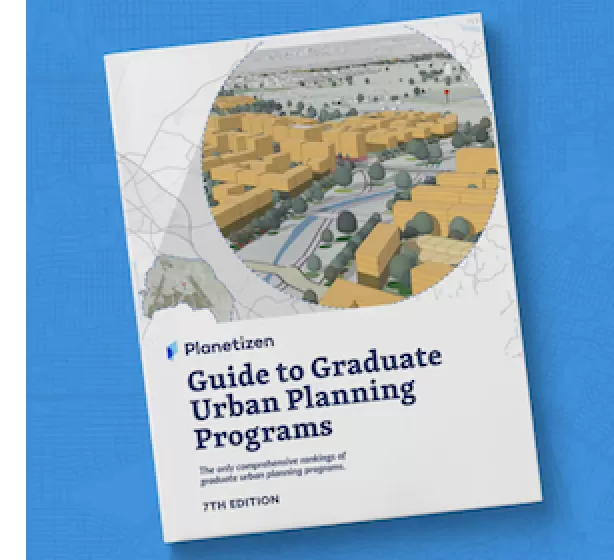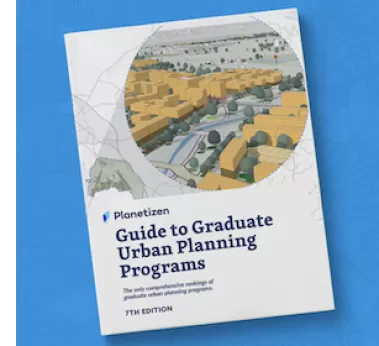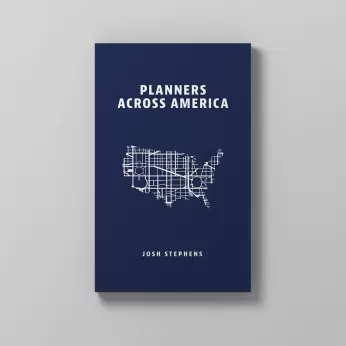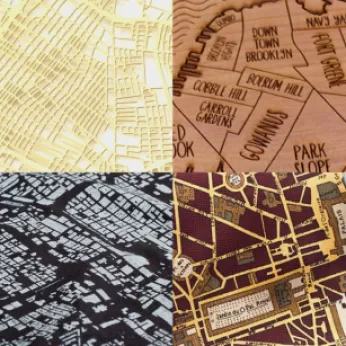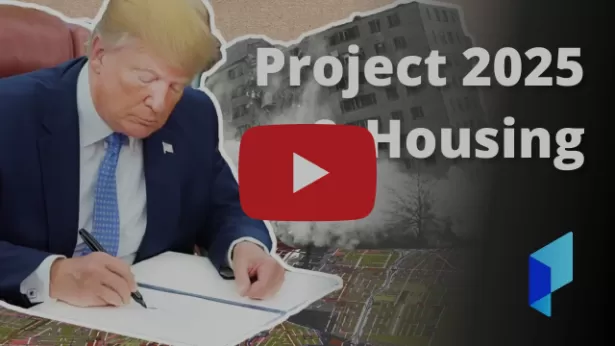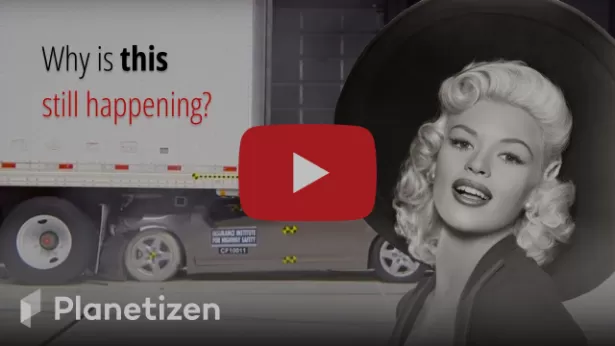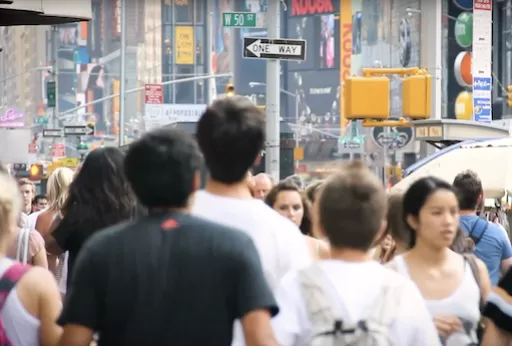The city that never sleeps depends on 396,572 street lights. As bright white LEDs replace the familiar amber glow, what does tomorrow (night) hold?

New York’s nightscape is as iconic (think film noir street corners and neon glitterati escapades) as it is taken for granted. A city without streetlights is impossible to imagine, but New York’s 396,572 street-side luminaires are as unremarkable as the streets’ paving — invisible until something changes. An initiative to replace sodium and halogen bulbs with energy- and cost-efficient LEDs has thrown the nightscape suddenly into question, as some city residents bemoan the loss of romance (and sleep). Nocturnal animals, too, are finding the conversion hard to take. But the iconic and under-appreciated nighttime infrastructure is also essential to the modern city. In New York, “nightlife” generates 300,000 jobs and $10 billion annually, and the recent establishment of an Office of Nightlife and the appointment of a new “night mayor” signals intention to give after-dark the same consideration as the daily grind. LEDs could be a boon for that industry, and for others who prefer to stay out late. SWA’s innovation lab, xl studied New York’s LED conversion for its impacts on the “Urban Sensorium”; below, Emily Schlickman explains what’s going on, what’s to come, and what it all could mean for the night and its many inhabitants.
FULL STORY: Illuminated Futures

Planetizen Federal Action Tracker
A weekly monitor of how Trump’s orders and actions are impacting planners and planning in America.

Chicago’s Ghost Rails
Just beneath the surface of the modern city lie the remnants of its expansive early 20th-century streetcar system.

Amtrak Cutting Jobs, Funding to High-Speed Rail
The agency plans to cut 10 percent of its workforce and has confirmed it will not fund new high-speed rail projects.

Ohio Forces Data Centers to Prepay for Power
Utilities are calling on states to hold data center operators responsible for new energy demands to prevent leaving consumers on the hook for their bills.

MARTA CEO Steps Down Amid Citizenship Concerns
MARTA’s board announced Thursday that its chief, who is from Canada, is resigning due to questions about his immigration status.

Silicon Valley ‘Bike Superhighway’ Awarded $14M State Grant
A Caltrans grant brings the 10-mile Central Bikeway project connecting Santa Clara and East San Jose closer to fruition.
Urban Design for Planners 1: Software Tools
This six-course series explores essential urban design concepts using open source software and equips planners with the tools they need to participate fully in the urban design process.
Planning for Universal Design
Learn the tools for implementing Universal Design in planning regulations.
Caltrans
City of Fort Worth
Mpact (founded as Rail~Volution)
City of Camden Redevelopment Agency
City of Astoria
City of Portland
City of Laramie








